England defender Harry Maguire has admitted that he is struggling to understand the format of the UEFA Nations League, a new international tournament which begins on Thursday.
The tournament is intended to replace meaningless friendlies and to add some spice to international football between tournaments by providing competitive games between evenly-matched teams.
There are some aspects of the format which are a little convoluted, but don't you worry yourself about that, Harry. We've got you covered - here are six things you should know about the UEFA Nations League.
6. There are Four Leagues, Each Containing Four Groups
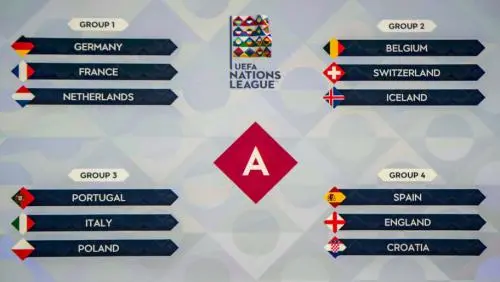
The draw for the 2018/19 Nations League was made in December 2017, and was based on the UEFA national team coefficients as they stood at the end of qualifying for the 2018 World Cup (not including play-offs).
The teams were sorted into four leagues, each consisting of four groups. The 12 teams in Leagues A and B are sorted into four groups of three, the 15 teams in League C are sorted into three groups of four plus one group of three, and the 16 teams in League D are sorted into four groups of four teams.
5. It Pits Teams of Similar Ability Against Each Other
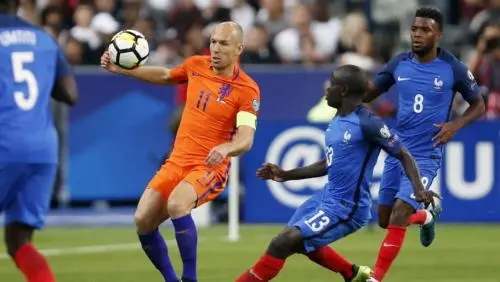
Apart from South America, European qualification is the only one with no preliminary rounds to eliminate the weaker teams, so we've become accustomed to farcically one-sided matches between England and Andorra, Germany and San Marino, Belgium and Gibraltar, and so on.
Not so in the Nations League, where the group format pits teams against others of a similar ranking. A League A group containing three of the last six World Cup finalists - Germany, France and the Netherlands - shows how competitive it will be.
As for the weaker teams, fixtures like Liechtenstein vs Gibraltar and Luxembourg vs San Marino may not leap off the page, but they will surely be more helpful in helping these nations to improve.
4. It Hasn't Replaced Conventional Qualifying
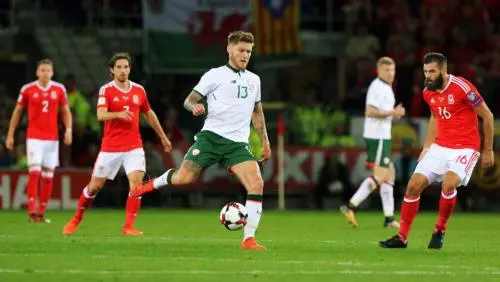
Depending on the success of the Nations League, it may grow to engulf conventional qualifying within a few years. But for now, it is merely a precursor to the old format that we have come to know and tolerate.
After the conclusion of the Nations League group stage matches in November, the 55 European teams will be drawn into ten qualifying groups based and the teams finishing first and second in each group will qualify for Euro 2020.
However, as the mathematically inclined among you will have noticed, that still lives four qualifying berths yet to be filled. Which brings us onto...
3. Qualification for Euro 2020 Is Up for Grabs
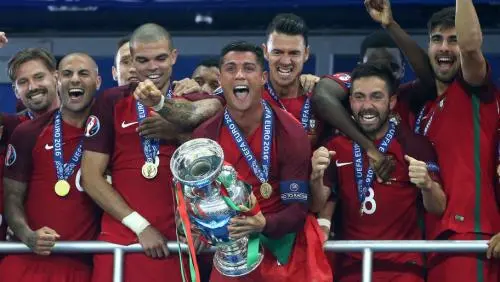
The winners of each group from across the four leagues progress to the qualifying play-offs, which take place in March 2020. If a group winner has already qualified for Euro 2020 via conventional qualifying, they will be replaced by the next highest-ranking team from that league not to have qualified yet.
Each league will have two semi finals and a final, and the winner of each final will qualify for Euro 2020.
This is particularly significant in the lower leagues, where teams who usually struggle to qualify will get a rare opportunity. Of the teams in League D, only Latvia have ever competed at a major finals before, so this could be a once in a lifetime opportunity for some lesser countries.
2. Promotion & Relegation Are at Stake
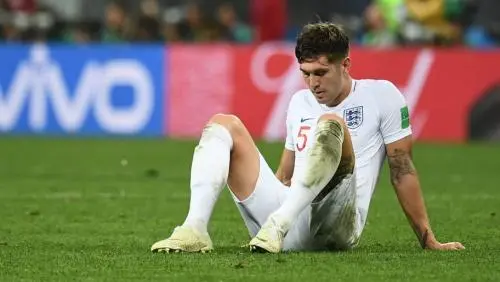
In addition to qualifying for the play-offs, each group winner in Leagues B, C and D will earn promotion to the league above for the next Nations League cycle in 2020/21.
Meanwhile, the teams who finish bottom of their groups in Leagues A, B and C will be relegated to the league below for the next cycle, as will the lowest-ranked third place team in League C.
With 45% of the competing nations guaranteed to be in a different league for the next cycle, this should help to keep things fresh with each passing year.
1. There IS a Trophy
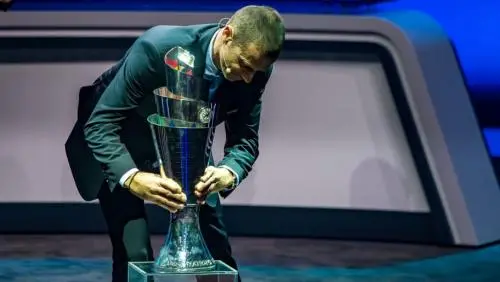
Teams in League A cannot be promoted, but they can qualify for the Nations League finals. The four group winners in League A will compete to see who lifts the Nations League trophy, which was unveiled at last year's draw, for the first time.
The finals will take place in June 2019, and will be hosted by one of the competing nations. Italy, Poland and Portugal - the three teams which make up group A3 - have all submitted bids, so it is expected that whoever wins that group will host the finals.
The semi finals will take place on June 5-6, with the final set for June 9. In addition to the trophy, a prize fund of €4.5m will be awarded to the winning nation. Let the games begin!